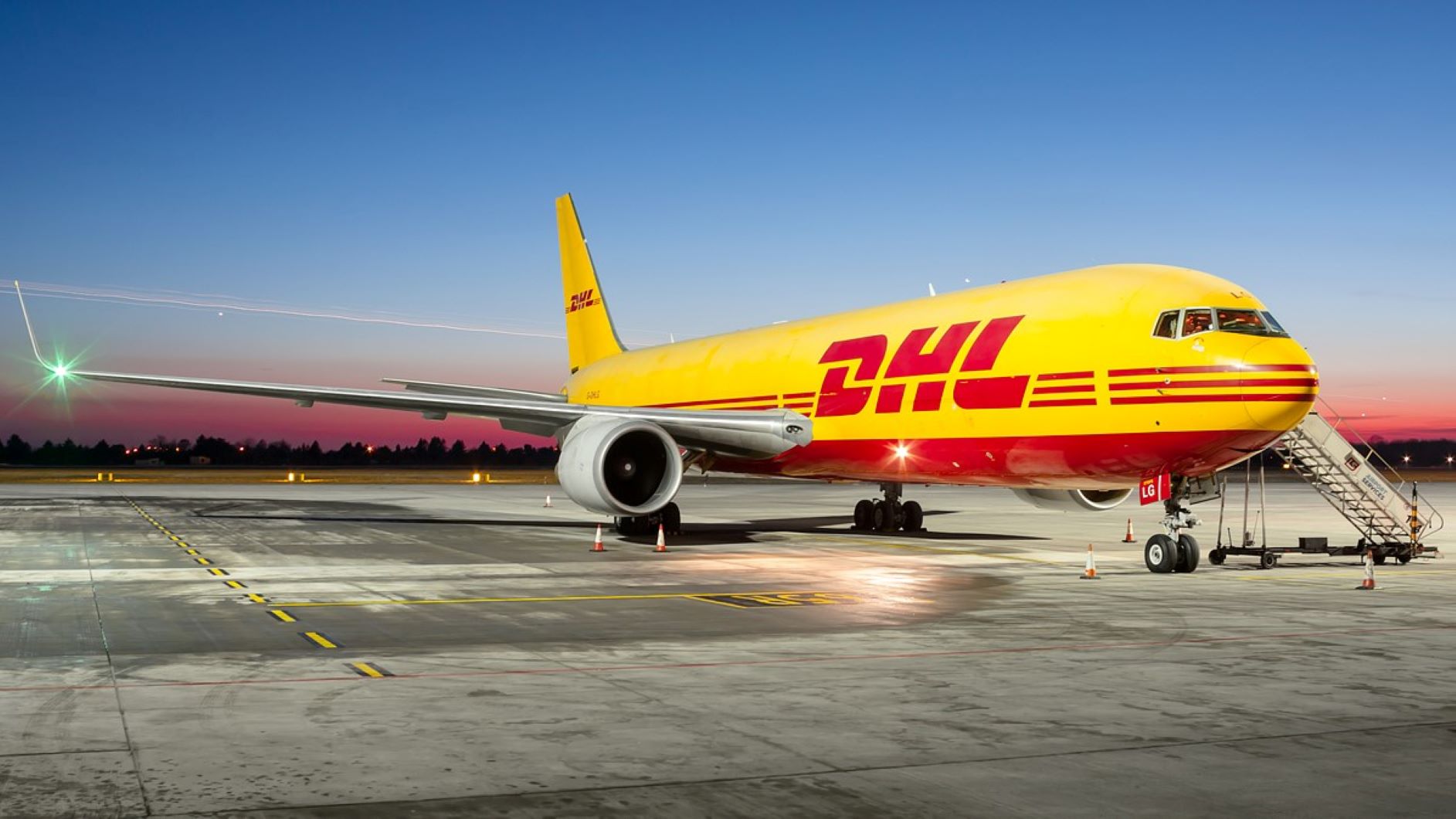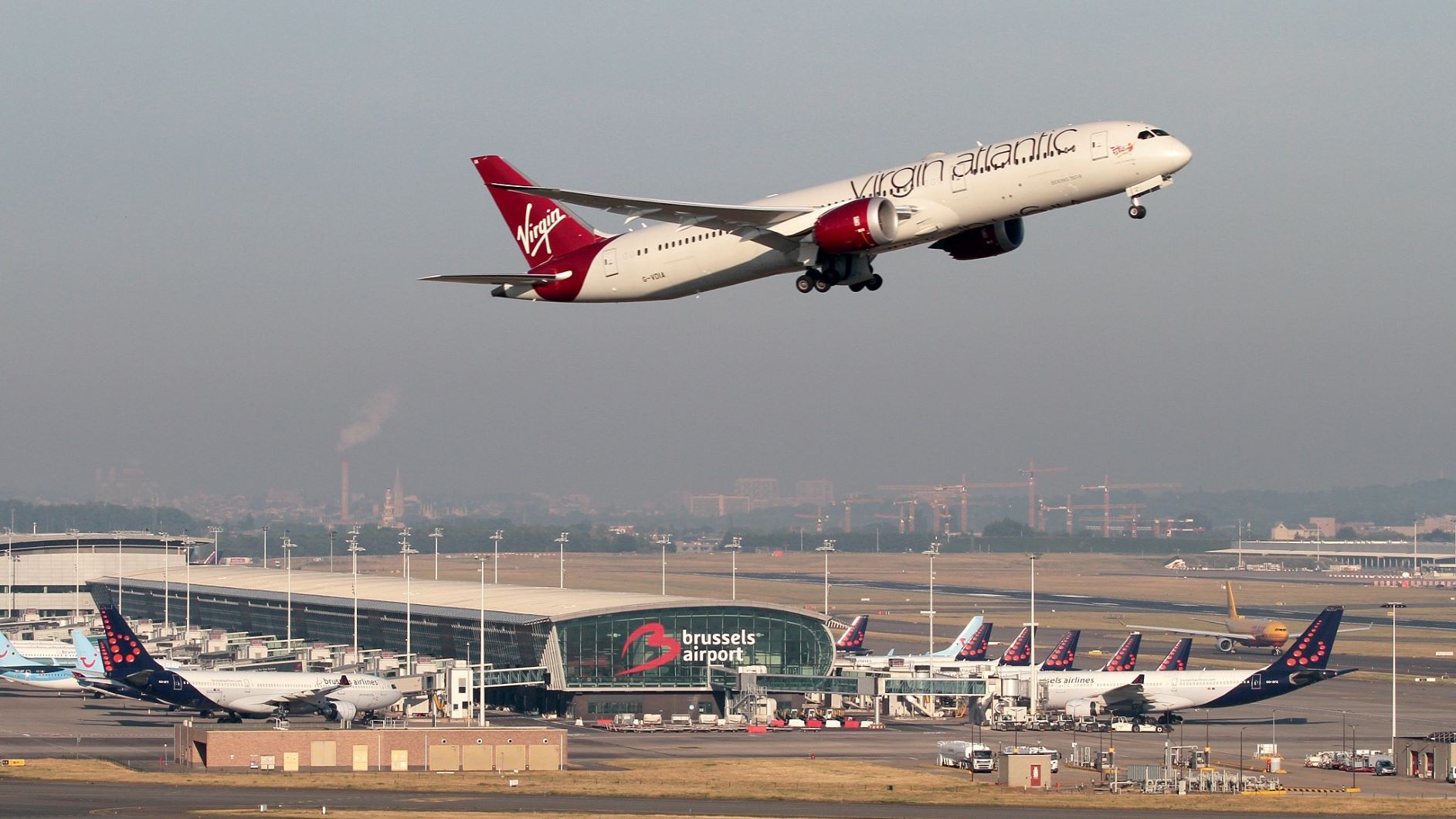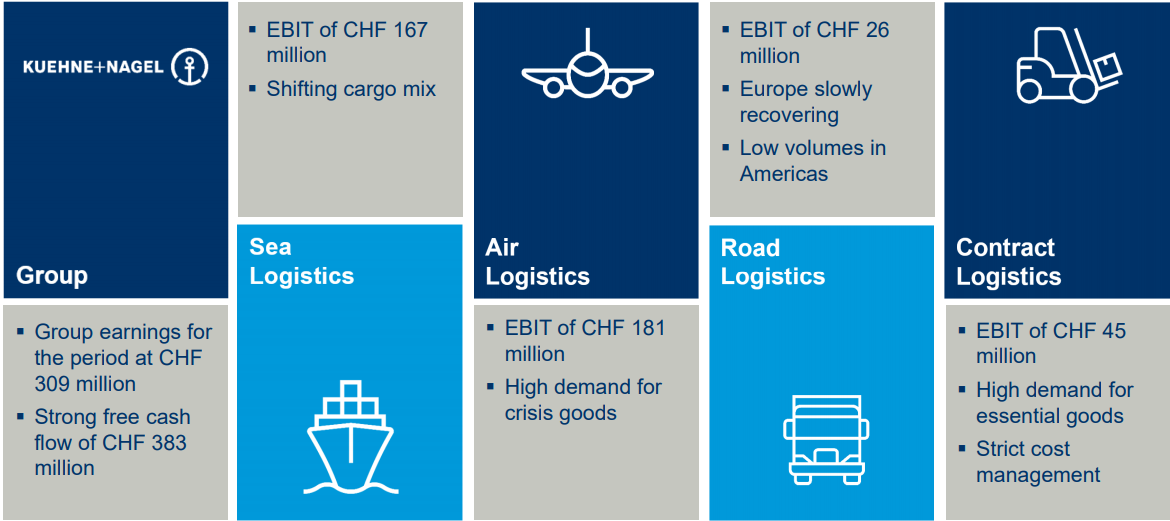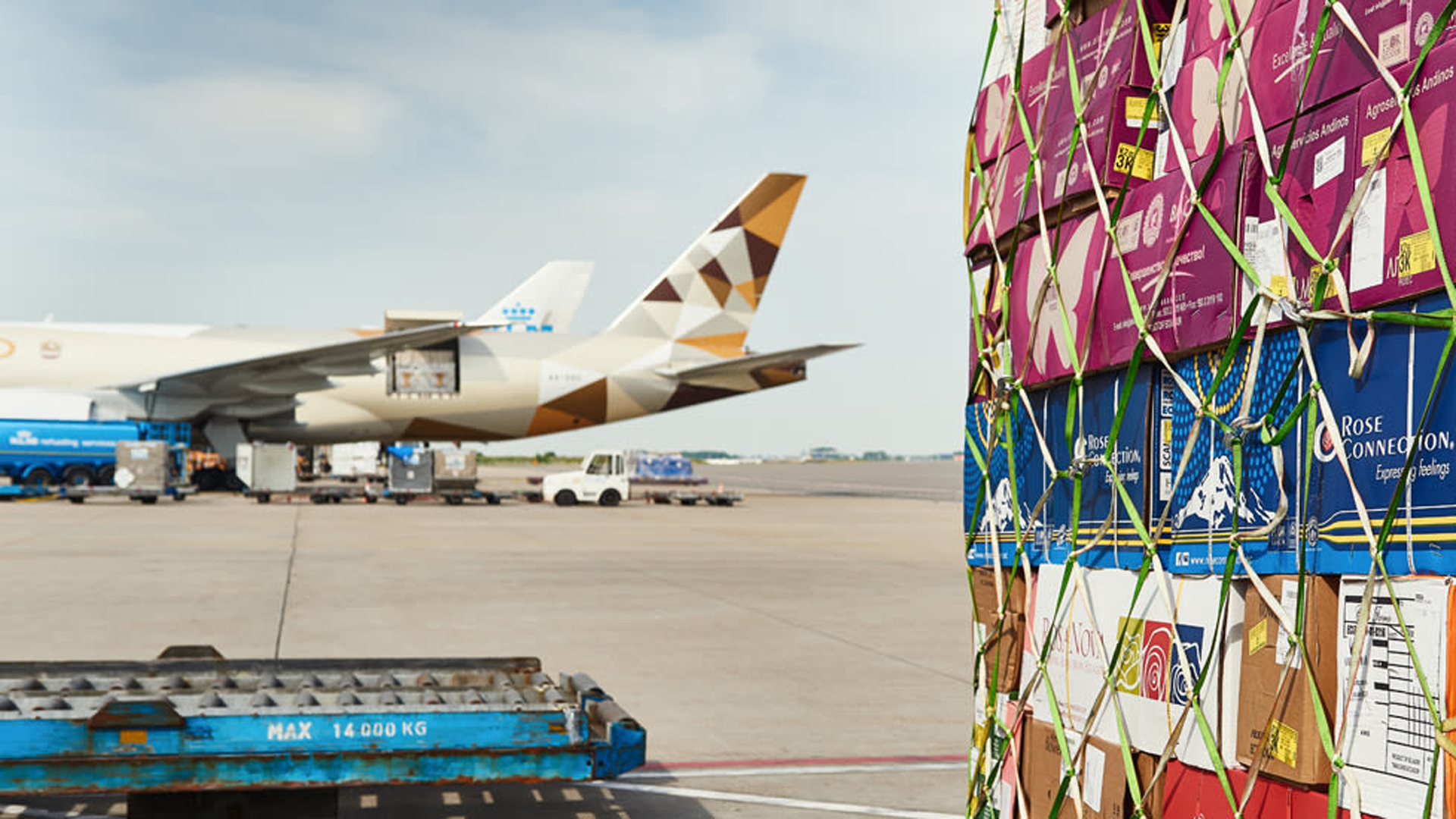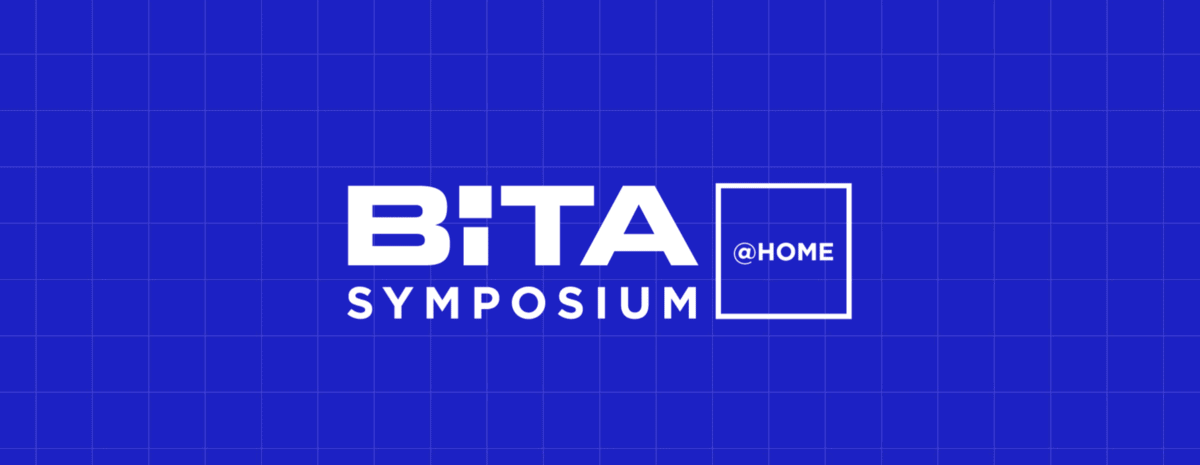The BiTA Symposium @HOME on June 10 saw speakers present blockchain use cases and possibilities across various verticals within the supply chain industry, elucidating ways to leverage blockchain to bring in more transparency and visibility into logistics operations. In a series of two digests, FreightWaves outlines key aspects of those talks individually. For the first part of the discussion, check here.
Specright empowers Salesforce blockchain customers to create trusted supply chains
Customer relationship management (CRM) software company Salesforce is currently working on a closed blockchain pilot program, initiated based on customer interest in cross-company collaboration. Dan Harrison, emerging technologies architect at Salesforce, explained that such collaboration is more important than ever, whether to simplify supply chains or to track the provenance of products.
“In Salesforce blockchain, we focus on a couple of things from a value perspective. It’s the ability to, in a few clicks, be able to deploy a network. We give our Salesforce admins the tools to manage their blockchain, exactly the same way they manage their current Salesforce projects,” said Harrison. “So now, you have a huge number of people that are able to create, deploy and manage a blockchain network.”
Harrison contended that for the blockchain network to be a success, it was important to gain widespread adoption, as that would bolster the network. Salesforce has built its blockchain network on the Hyperledger Sawtooth, but the company also encourages businesses to bring their own blockchain networks. The Salesforce blockchain sits inside the Customer 360 platform.
Specright comes into the picture with its already existing blockchain network with a large number of businesses adopting it. Specright is pioneering “specification management,” which deals with managing the most granular details of products and their packaging. The company digitalizes these specifications and places them on a single source of truth via its blockchain network. Being a decentralized network, it equally allows all users to track changes as products move across multiple stakeholders.
Interoperability innovations: Addressing the cross chain challenge
Dean Tribble, the CEO of Agoric, spoke about driver credential verification that uses a secure and immutable blockchain network. “A low-hanging fruit for blockchain in freight is the high-assurance chain of custody, which requires driver authentication,” he said. Such networks also help realize payment automation, as processes can be set to automatically issue payment out to intended recipients as and when freight custody changes hands.
However, the issue with structuring such a system is that data is spread over several networks and they would need to be interoperable for seamless operations. Data privacy is another parameter that needs to be addressed, as companies would need to disclose private data for credential verification.
Agoric is building a next-generation platform for smart contracts, for public, private and consortium chains alike. This allows millions of developers who are familiar with JavaScript to write smart contracts.
Smart contracts are an arrangement between multiple parties that can be expressed in software code, where the behavior of the code enforces the terms of the contract. Such smart contracts, when built within a blockchain network, can realize integrity within computing.
Interoperability between independently functioning computers becomes easy, as smart contracts provide high assurance across multiple machines, increasing trust across ecosystems.
Using Routeique to ensure touchless collection in a post-COVID world
Mike Allen, CEO of Routeique, a cloud-based order and delivery management platform, spoke about the changes that can occur in the way records move through the supply chain in the post-COVID world.
Though paper documents were already waning in popularity as a means of communication, the pandemic has forced companies to adopt digitalization faster. Allen explained that putting together a road map on what to do right now and planning for a couple of years into the future will help companies stay on track toward getting their processes digitalized.
Allen spoke of how Routeique would be part of a larger ecosystem and of the need for accessing data, ingesting and broadcasting it to all parties that need it — securely via a blockchain network. “It is about making sure the data we’re ingesting is making the algorithms smarter and trustworthy,” he said.
Today, blockchain ecosystems are about having a descriptive model that shows stakeholders the current state of the supply chain, giving an accurate picture of what is happening. However, Allen explained the need for switching to prescriptive models that can help predict bottlenecks within the ecosystem before they occur.
“That is where things are headed with smart contracts within blockchain networks. It’s about where we can get to, beyond just reporting and analytics. It is about actually improving the bottom line using those metrics, as opposed to just reporting on them,” said Allen.
Delivering supply chain transparency using a turnkey, configurable blockchain platform
Sergei Beliaev, the CSO of DLT Labs, a blockchain-based distributed data management platform, spoke about how the company established a single trusted version of truth that is truly shared between participants in real time. “If there are no multiple views of the world, there is nothing to reconcile,” he said.
DLT Labs has partnered with Walmart Canada to create a blockchain solution for the latter’s supply chain to improve efficiency, reduce costs and increase control over operations. Pete Gowanlock, vice president of freight at DLT Labs, explained how a single version of the truth would reduce the number of steps in a process from 11 to five.
“A freight invoice is complex. In our scenario, we have one invoice per shipment. Each contains a lot of information with many data elements associated with it. The invoice is the first step in the process. The Internet of Things (IoT) data will be collected from this point forward. GPS tracking helps track shipment delivery. It can help find if there were wait times at the distribution center loading docks and if the shipment incurred any damage,” said Beliaev.
The next step would be for companies to have an additional review of the transportation provider and other assets that are not necessarily tracked by GPS. Walmart as the shipper will have full visibility into all the information being added in real time.
“Everything going through the smart contract process within the platform is being tracked. It is visible and is approved as you go through each step. So when the final invoice is submitted, there will be no reconciliation needed,” said Beliaev.
***
Related from Vishnu Rajamanickam
BiTA Symposium @HOME: Blockchain in logistics discussions (Part 1)
BiTA blockchain standards bring the industry closer to seamless shipment tracking



